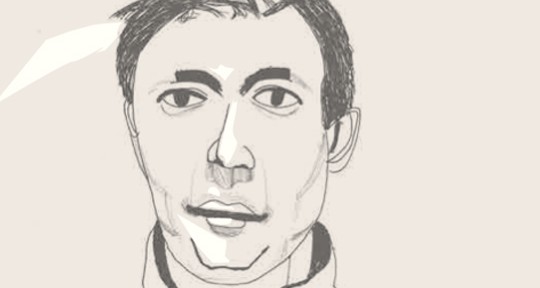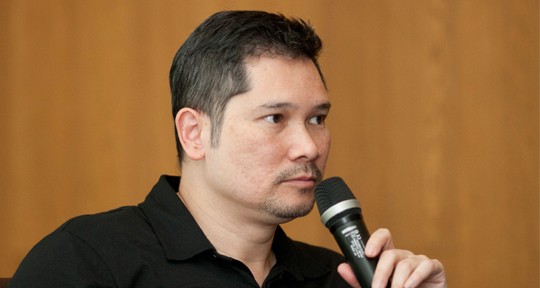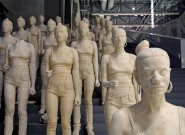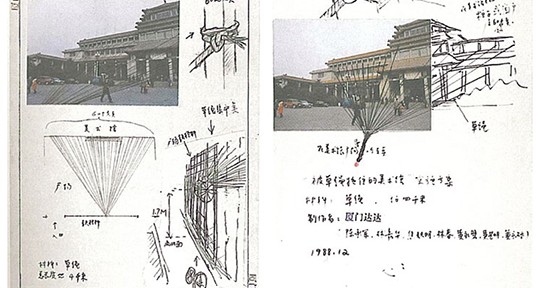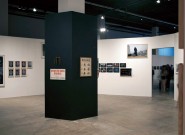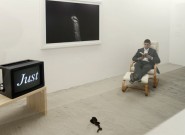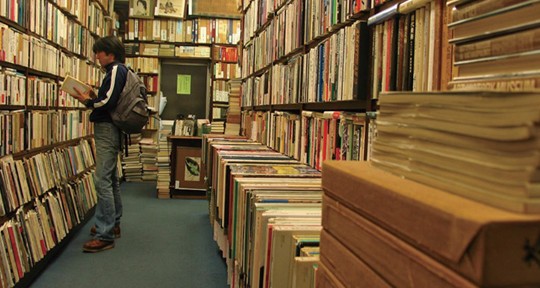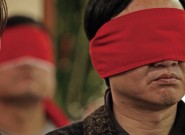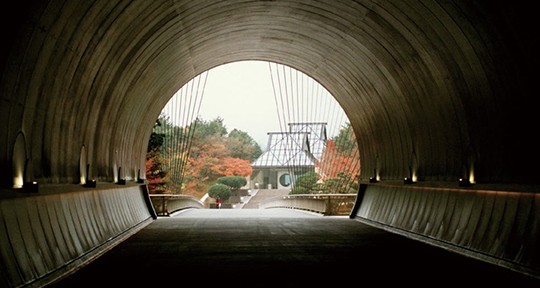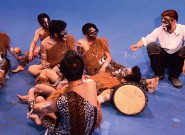In Europe, old-fashioned public institutions are receiving ever fewer resources and ever less support, and governments are investing less in cultural benefits to society. As a consequence, many art professionals consider it very normal to seek help from private capital, but we must consider the price of such actions. Critiques and discussions of neoliberal capitalism…
Read MoreOn May 11, 2013, LEAP, UCCA, and the China Independent Film Association jointly organized a screening of the film Three Sisters, followed by a discussion with director Wang Bing moderated by film crit…
Read MoreWhile there is increasing global and regional attention being paid to contemporary art from Southeast Asia, there are concerns that the development of art criticism and art institutions continues to lag behind the spectacle of biennales and the art market. This past April, LEAP invited Singapore-based art critic Lee Weng Choy to Beijing discuss some…
Read MoreOn the opening day of the Shanghai Biennale, young artist Simon Fujiwara explained his contribution, titled Rebekka (2012), to me and another artist couple: around 20 full-body casts stationed together, occupying half of a stairway that leads into the exhibition hall. Pointing at the face of one of these clay models, he tells us that…
Read MoreTHE TITLE OF Zhou Yilun’s latest exhibition at Platform China, “As There Is Paradise In Heaven,” immediately brings to mind the old proverb, “the heavens above are matched on earth by Suzhou and Hangzhou.” At the entrance to the exhibition hall, a faded painting scroll featuring the beautiful scenery of the West Lake is displayed…
Read MoreHere, we cull from art history three examples of artist interaction with the museum. In the mid to late 1980s, three works by Huang Yong ping and Xiamen Dada adopted a destructive attitude to directly challenge the establishment, burning artworks and even planning to “tow” away a museum. after the turn of the century, artist…
Read MoreMedia attention to this year’s Gwangju Biennale has for the most part been directed at its curatorial team, made up of six female curators from Mumbai, Qatar, Tokyo, Seoul, Beijing, and Jakarta respectively. The cities and countries in which these curators live and work roughly cover the most active economic regions, as well as the…
Read MoreON OCTOBER 28 at 3 a.m., I prepare to go to Kiev, Ukraine— a city that, thus far in my life, I had not thought about visiting. You should know that when I was a child, I was in love with geography. At the tender age of nine I could recite from memory the capitals…
Read MoreIN THE INTERNATIONAL context, the art museum is usually an academic institution of collection, centered on twentieth-century art historical research and open to the public. If the art museum did not establish this basic objective in its work, it would not be able to provide the scholars and students of the world with such a…
Read MoreThe 2012 Taipei Biennial, “Modern Monsters/Death and Life of Fiction,” is the latest large-scale international art exhibition making a re-examination of modernity. Its mouthful of a title— especially in Chinese— originates from Taiwanese-American scholar David Der-Wei Wang’s book, The Monster That is History. In it, Wang explores the profound relationship between historical violence and literary…
Read MoreAS FAR AS art hubs go, why Düsseldorf has not made its way into the global spotlight as spectacularly as New York, London, Berlin, or more recently, Hong Kong, is anyone’s guess. Then again, even this city’s name is misleading. Düsseldorf literally translates as “Village of Düssel”— Düssel being the tributary of the Rhine on…
Read MoreBREEDING ZOOS OF PEOPLE AN INEVITABLE COMBINATION of charm and disenchantment coexists in virtually every culturally-implicated entity. The museums that rose to prominence in late-twentieth century China are no exception. People are always trying to provide unequivocal definitions of what a museum is. But as carefully constructed cultural destinations, museums serve not merely to assert…
Read MoreTHE YOUNG ARTIST Li Ran (born 1986) is able to eloquently delineate nearly every facet of his burgeoning artistic practice. This should come as no surprise: in the last two years, his work, through the lens of video, has come to hinge almost entirely on the spoken word and the collation of written text. Li’s…
Read MoreIndonesian Chinese Budi Tek has lived in China for 17 years. Here he is mostly known for being a collector of contemporary Chinese art. But it is his recent decision to open an art museum in Shanghai that has further triggered LEAP’s interest in this figure. In the beginning of September, we interviewed him in…
Read MoreIn all eras we have expected art to fulfill some extremely practical roles. In this sense, the so-called“contemporary art” we have now could be understood as presently useful art, a little like a folk…
Read More
